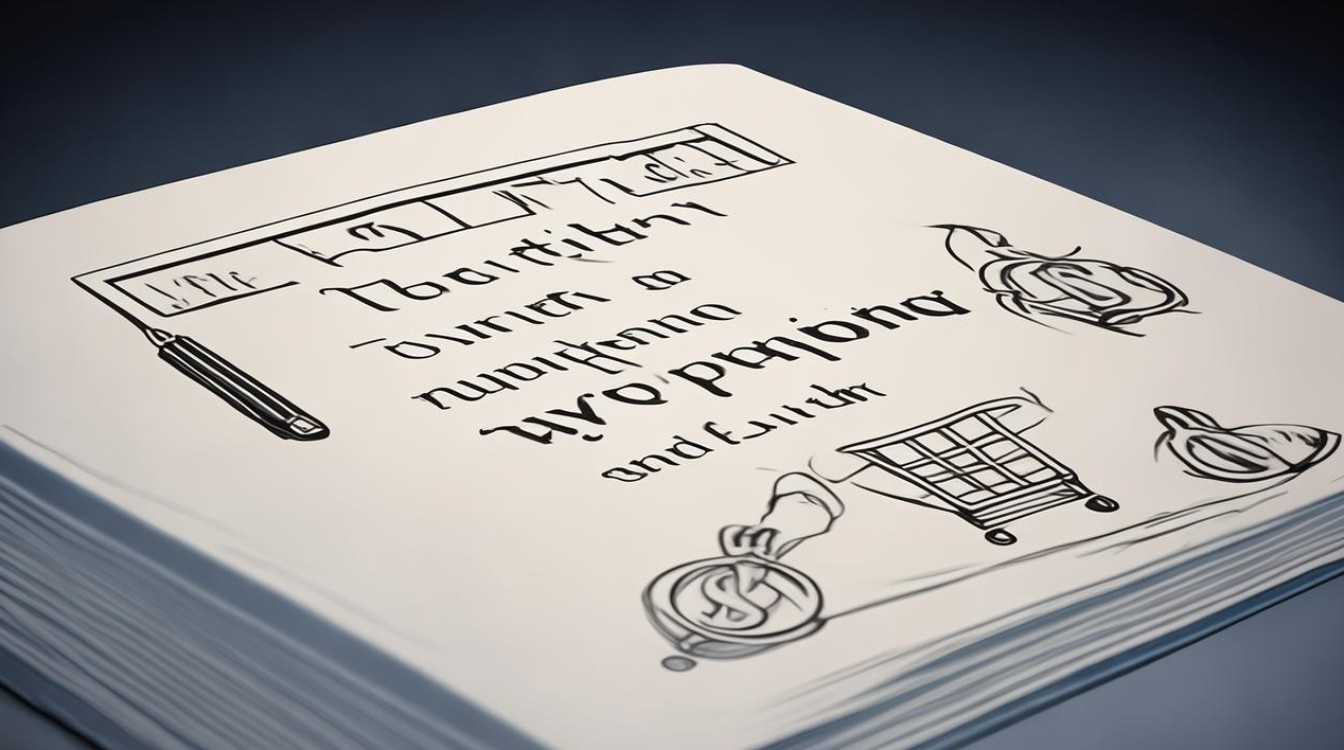In today's globalized world, the ability to discuss financial transactions in English is essential. Whether you're a student writing an essay, a professional drafting business correspondence, or simply improving your language skills, understanding how to describe purchasing and payment processes clearly is invaluable. This guide provides practical vocabulary, sentence structures, and cultural insights to help you master this topic.

Essential Vocabulary for Purchasing
When writing about buying goods or services, precise word choice makes your content more engaging. Here are key terms to incorporate:
- Retailer – A business that sells directly to consumers
- Wholesale – Buying goods in large quantities at lower prices
- Invoice – A detailed bill listing purchased items
- Receipt – Proof of payment
- Discount – A reduction in price
- Bargain – An exceptionally good deal
Example sentences:
"Many customers prefer online retailers for convenience."
"Businesses often purchase supplies wholesale to reduce costs."
Describing Payment Methods
Modern commerce offers diverse payment options. Your writing should reflect this variety:
-
Traditional Methods
- Cash transactions: "The vendor only accepts banknotes for small purchases."
- Checks: "Some landlords still request rent payments by cheque."
-
Electronic Payments
- Credit/Debit Cards: "Contactless card payments have become standard in urban areas."
- Bank Transfers: "International wire transfers typically incur fees."
-
Digital Wallets

- "Mobile payment apps like Apple Pay streamline checkout processes."
-
Cryptocurrency
- "A growing number of tech companies now accept Bitcoin payments."
Structuring Transaction Narratives
Effective essays about purchases follow logical sequences. Consider this outline:
-
Identifying Needs
"After comparing several models, the consumer identified key features required in a new laptop." -
Research Phase
"Online reviews and price comparison websites informed the purchasing decision." -
Transaction Details
"The customer selected express shipping and used a promotional code at checkout." -
Payment Experience
"Two-factor authentication provided additional security during the online payment process."
Common Grammatical Structures
These patterns appear frequently in financial writing:
-
Passive voice for formal contexts:
"The order was processed within 24 hours." -
Present perfect for completed actions:
"The merchant has issued a refund for the damaged goods." -
Conditional sentences for hypotheticals:
"If the payment fails, the system automatically retries after 12 hours."
Cultural Considerations in Payment Practices
Payment norms vary globally. Mentioning these differences adds depth:
- In Germany, direct bank transfers (Überweisung) remain popular for online shopping
- Japanese consumers frequently use convenience store payment systems
- Scandinavian countries lead in cashless transactions
"Understanding regional payment preferences helps businesses expand internationally."

Avoiding Common Mistakes
Writers often confuse similar terms:
- Price vs. Cost: Price is the amount charged; cost includes additional expenses
- Bill vs. Invoice: Bills are simpler; invoices contain detailed breakdowns
- Refund vs. Rebate: Refunds return money; rebates offer partial repayment later
Practical Writing Exercise
Try composing a paragraph using this scenario:
A customer buys a smartphone online using a digital wallet, but needs to return it.
Sample response:
"After carefully reviewing specifications, the tech enthusiast purchased a flagship smartphone through an e-commerce platform. The checkout process accepted various payment options, and the buyer opted for a digital wallet for its convenience. Upon delivery, the device failed to meet expectations due to battery performance issues. Following the retailer's return policy, the customer initiated a refund request through the original payment method."
Mastering purchase and payment terminology enhances both academic and professional English communication. Regular practice with real-world scenarios develops fluency in this practical language domain. Observing actual transactions and reading financial news in English further reinforces these skills.
Clear, accurate descriptions of commercial exchanges demonstrate strong language proficiency while providing readers with valuable information. As digital transactions continue evolving, maintaining current vocabulary ensures your writing remains relevant and authoritative.


